This extraordinary case shows that organ transplants can not only pass on infectious diseases, but also cancer, at least in some rare cases.


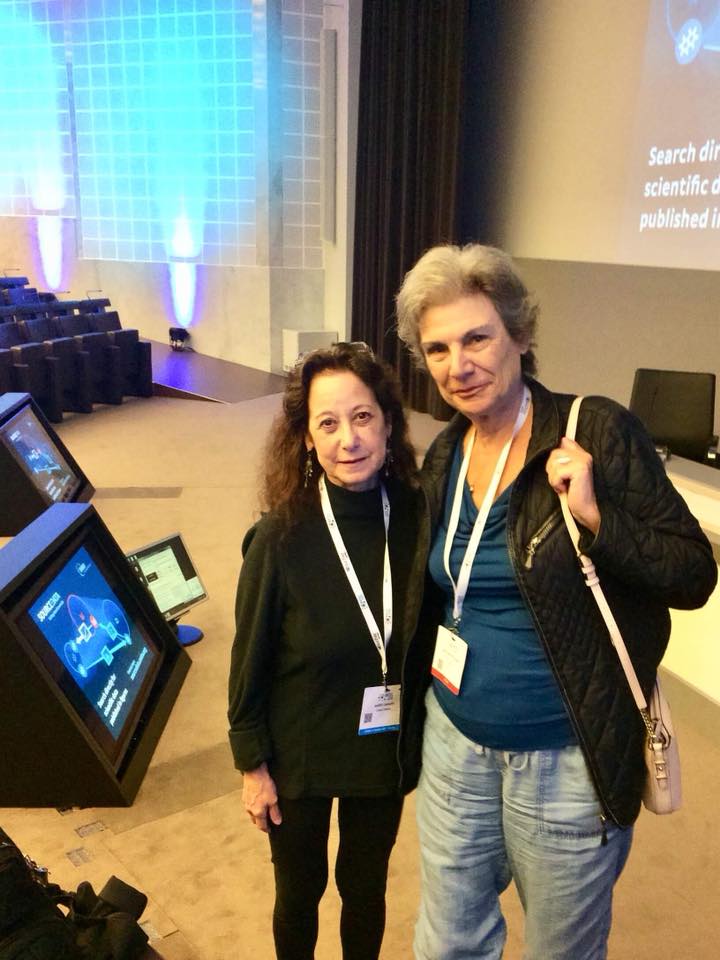

Someday, people across the world will look back on September 2018, much like we look back on the terror attacks of 9/11 or the safe return of Apollo 13 in 1970. They are touchstone moments in world history. For Americans, they are as indelible as Pearl Harbor, the assassination of John F. Kennedy or the first moon landing.
So, what happened just now? The month isn’t even half over, and the only events we hear about on the news are related to Hurricane Florence and Paul Manafort. (In case you live under a rock or are reading this many years hence, the hurricane made landfall on the coast of the Carolinas, and the lobbyist / political consultant / lawyer / Trump campaign chairman pled guilty to charges and has agreed to cooperate in the continuing Mueller investigation).
No—I am not referring to either event on the USA east coast. I am referring to a saga unfolding 254 miles above the Earth—specifically a Whodunit mystery aboard the International Space Station (ISS). NASA hasn’t seen this level of tawdry intrigue since astronaut Lisa Marie Nowak attacked a rival for another astronaut’s affection—driving across the country in a diaper to confront her love interest.
So What is the Big Deal This Week?!
It didn’t begin as a big deal—and perhaps this is why mainstream news services are slow to pick up on the latest information. But now, in my opinion, it is a very big deal.
A small hole was discovered on a Russian Soyuz spacecraft (a lifeboat) attached to the International Space Station. That hole, about the size of a pea, resulted in the slow decompression of atmosphere. The air that our astronauts breathe was leaking out of ISS and into the void of space.
So far, the story is unremarkable. Ground scientists issued two comfort statements about the apparent accident. They addressed the possible cause and the potential risk:
The initial news event was interesting to space buffs, but it didn’t seem to present a significant threat to our astronauts, nor require a massive technical response. You may recall that duct tape played a critical role in getting the Apollo 13 astronauts safely back to Earth almost 50 years ago. The crisis that they faced was far worse. The solution required extensive impromptu engineering both in Houston and up in the spacecraft. What an awesome historical echo and footnote to an event that captured the hearts and minds of so many people back in 1970.
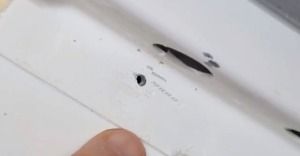 But the story does not end with a piece of duct tape. In fact, it just got much more interesting…
But the story does not end with a piece of duct tape. In fact, it just got much more interesting…
After a few days, NASA revealed that the hole was intentionally drilled, and the deed probably occurred while the ship was docked at the space station. Since there is no log of activity with tools in this section of the laboratory, it strongly suggests an act of sabotage by one of the astronauts on board.
And now, we have some new information: Guided by ground engineers, astronauts fished an endoscope through the hole to inspect the outside of the spacecraft. Guess what?! That same drill bit damaged the meteorite shield which stands 15 mm beyond the pressurized hull of the spacecraft. This will add significant risk to anyone traveling back to earth in the damaged ship.
Philip Raymond co-chairs CRYPSA, hosts the New York Bitcoin Event and is keynote speaker at Cryptocurrency Conferences. He sits on the New Money Systems board of Lifeboat Foundation and is a top Bitcoin writer at Quora. Book a presentation or consulting engagement.
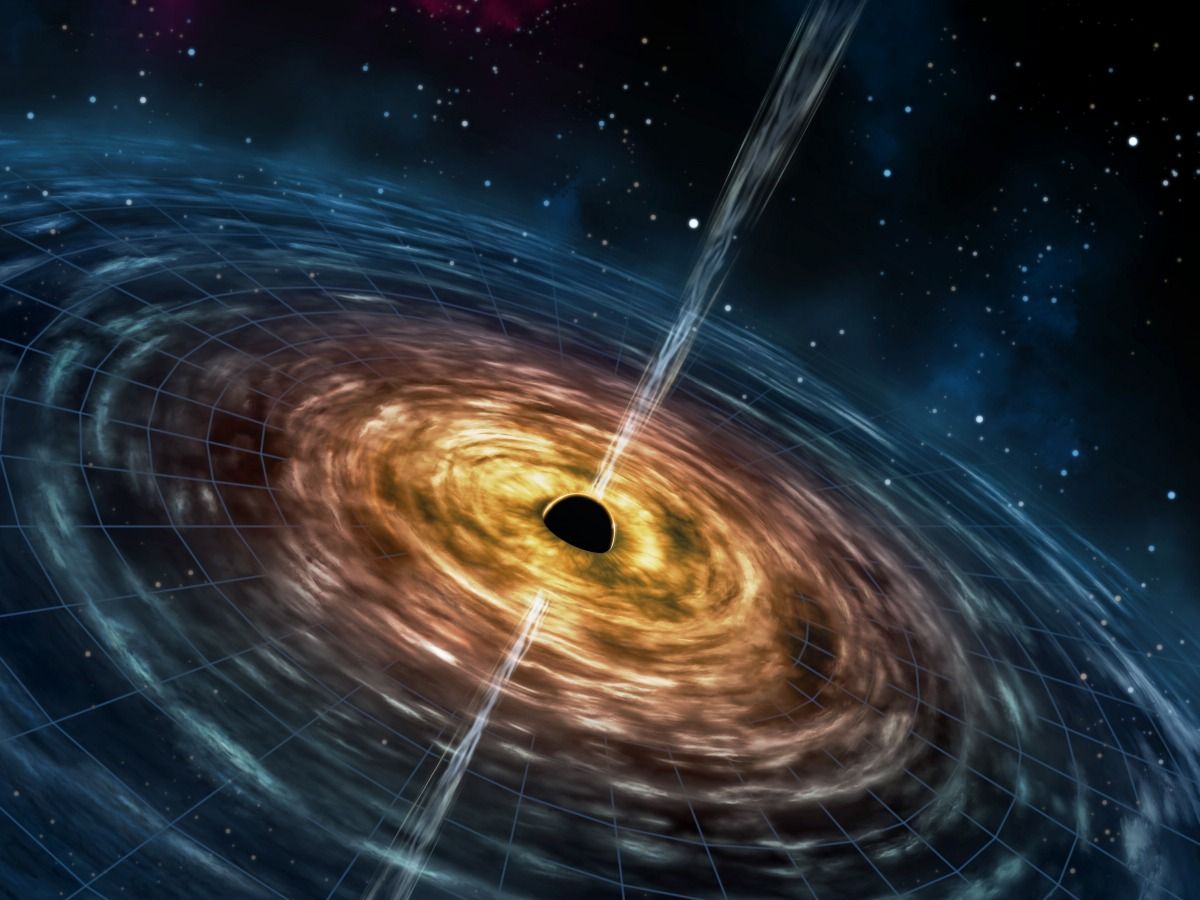
https://paper.li/e-1437691924#/
Recently, we might often have heard of the term “technological singularity” with the hypothesis that accelerating progress in technological inventions will cause a runaway effect that will make ordinary humans someday be overtaken by artificial intelligence.
The term seems to be appeared very contemporary to this technology era but in fact, thought about singularity has a long philosophical history.
In 1958, Stanish Ulam, a Polish American scientist in the fields of mathematics and nuclear physics, first used the term “singularity” in a conversation with John von Neumann, Hungarian-American mathematician, physicist, computer scientist, and polymath, about the technological progress.
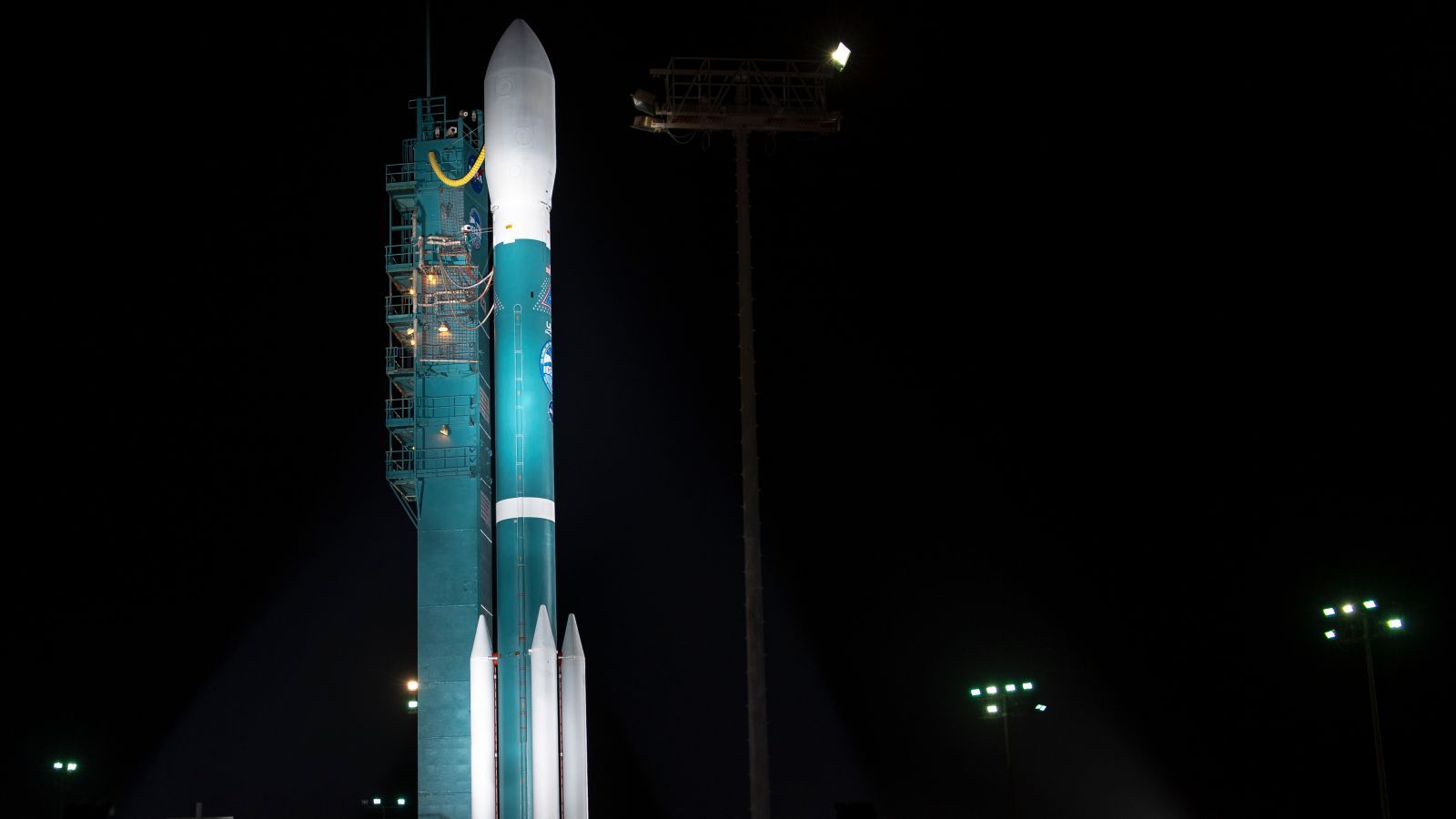
Godspeed, Delta II.
NASA’s last Delta II rocket blasted into the atmosphere from Vandenberg Air Force Base in California on Saturday carrying the Ice, Cloud and land Elevation Satellite-2 (ICESat-2), Space.com reported, in the rocket’s 155th and final mission.
First entering service in 1989, the Delta II was NASA’s workhorse rocket, with Saturday’s launch capping off 100 successful launches in a row. (The last failure was in 1997, when a Delta II carrying a GPS satellite exploded seconds after leaving the pad.) As noted by the Verge, prior payloads have included the Spitzer and Kepler space telescopes, the Spirit and Opportunity Mars rovers, and the original ICESat.
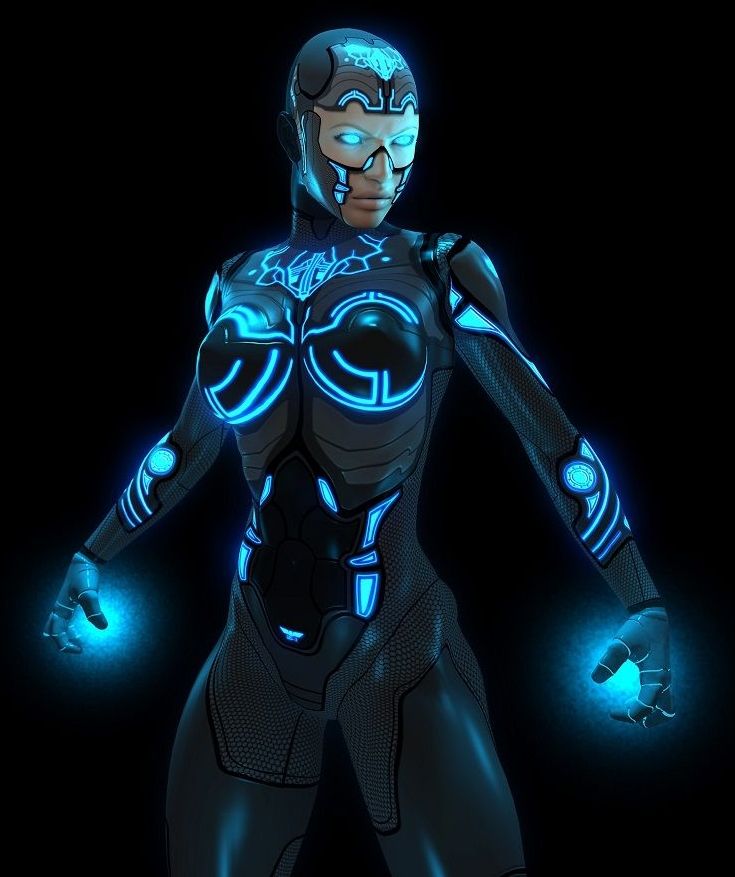
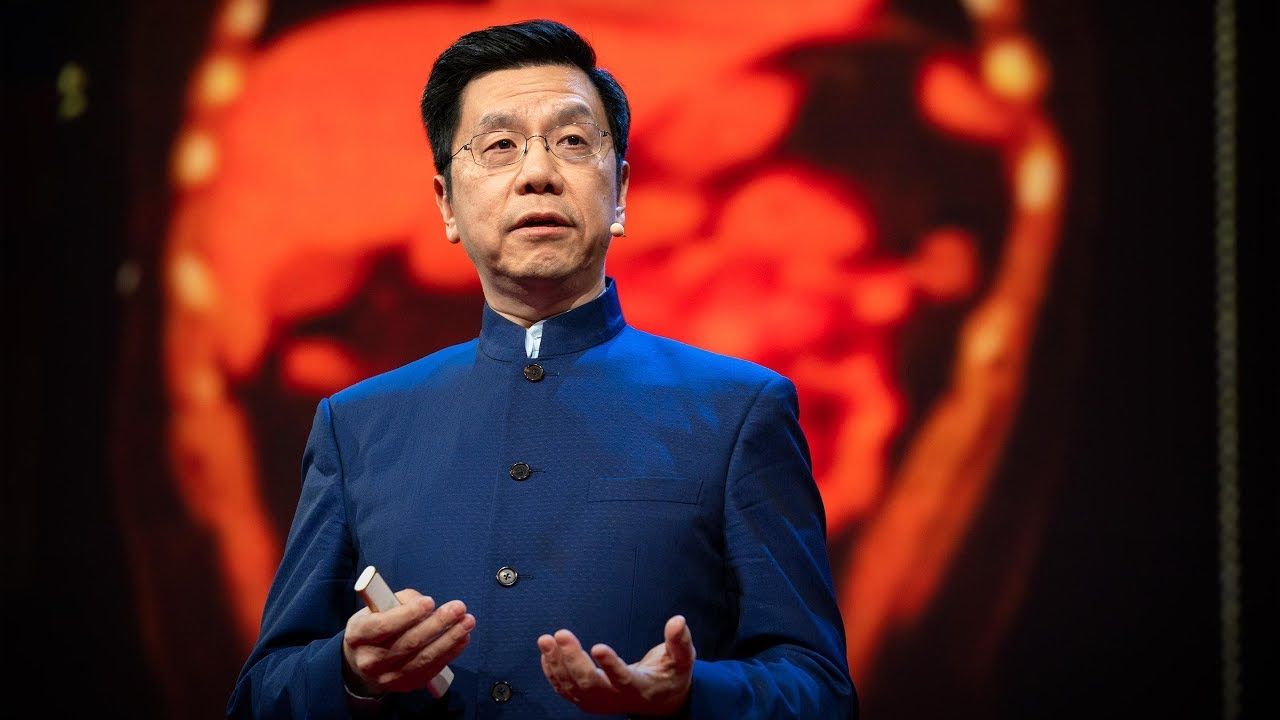
Give this video some time to play out but listen carefully. Kai-Fu Lee is explaining to you what the New Humanity is going to be.
Editors Note: Give this video time and allow it to play out. What you need to focus on is the propaganda behind the New Humanity.
AI is massively transforming our world, but there’s one thing it cannot do: love. In a visionary talk, computer scientist Kai-Fu Lee details how the US and China are driving a deep learning revolution — and shares a blueprint for how humans can thrive in the age of AI by harnessing compassion and creativity. “AI is serendipity,” Lee says. “It is here to liberate us from routine jobs, and it is here to remind us what it is that makes us human.”
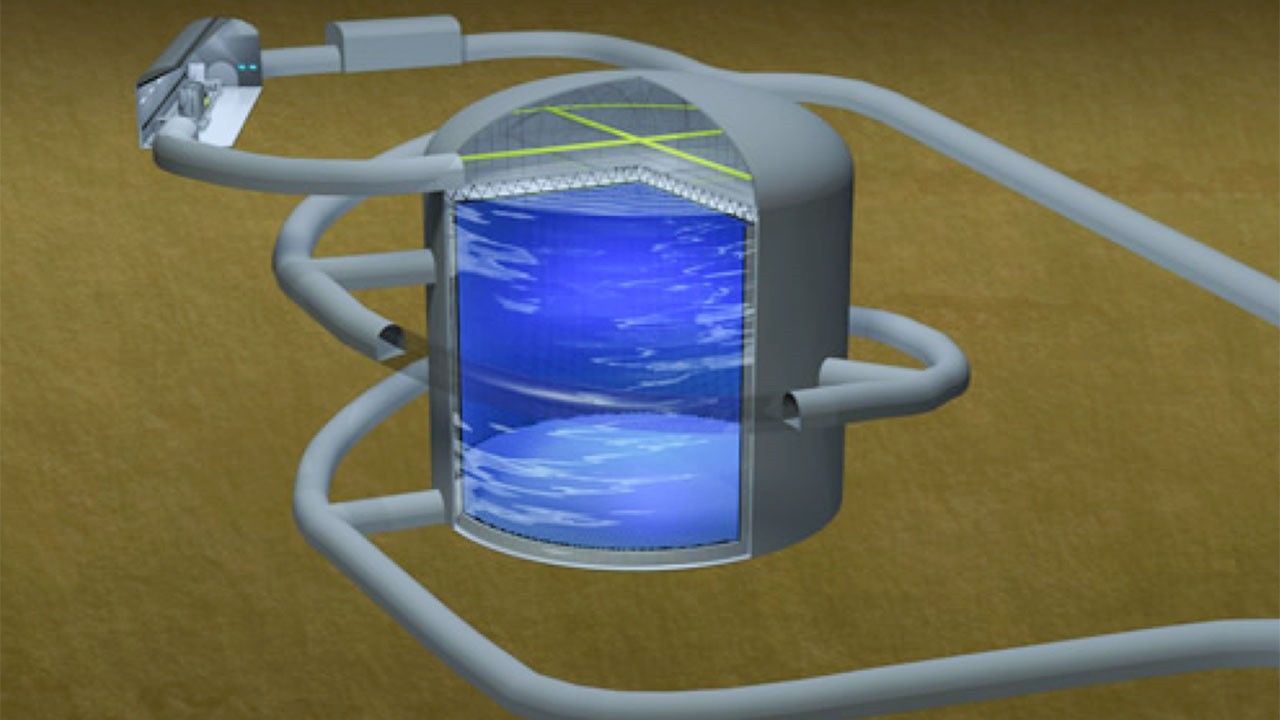
Japan’s government is facing serious fiscal challenges, but its main science ministry appears hopeful that the nation is ready to once again back basic research in a big way. The Ministry of Education (MEXT) on 31 August announced an ambitious budget request that would allow Japan to compete for the world’s fastest supercomputer, build a replacement x-ray space observatory, and push ahead with a massive new particle detector.
Proposed successor to Super-Kamiokande, exascale computer and x-ray satellite win backing.

Fungi could be the key to winning the war on plastic, leading scientists at Kew Gardens has said.
The first ever report on the state of the world’s fungi has today revealed that if the natural properties of fungus can be harnessed and developed, plastic could be broken down naturally in weeks rather than years.
Kew Gardens and a team of over 100 scientists from 18 countries have compiled the paper, which shows how different organisms can decompose plastics, clean up radioactive material and even speed up the production of biodiesel.
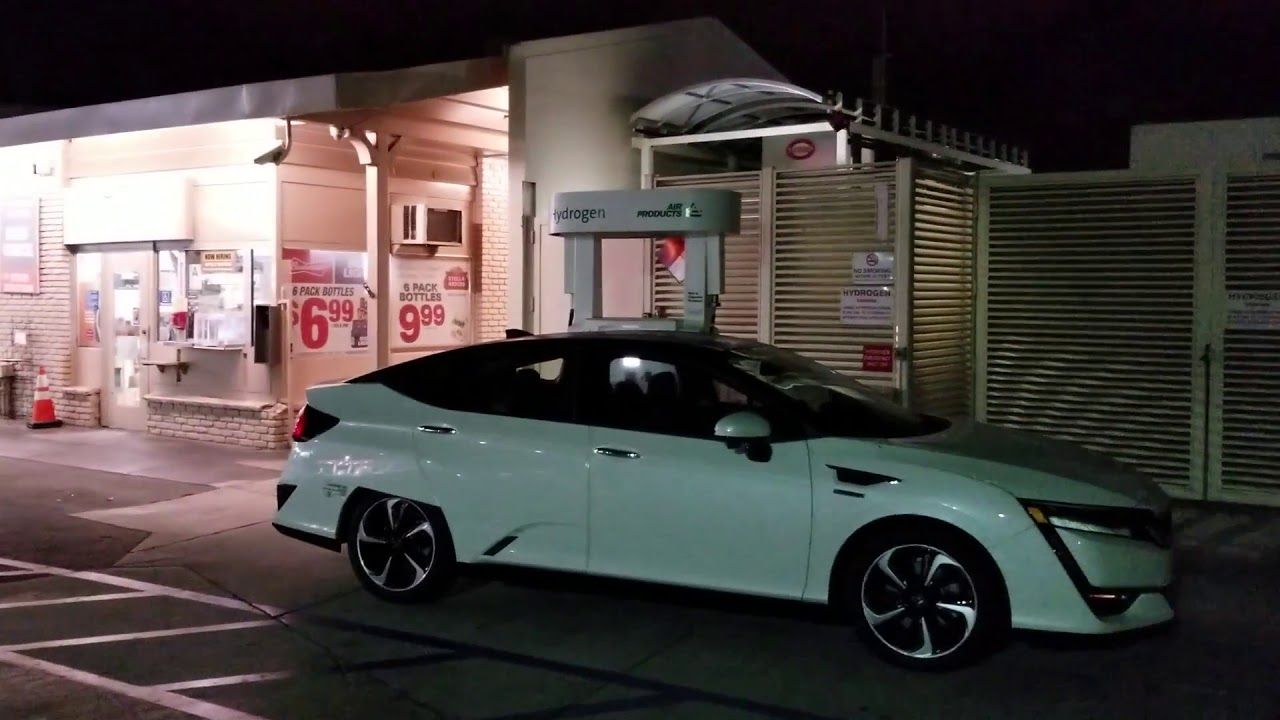
Filling up a hydrogen fuel cell electric vehicle (FCEV) is one of those unknowns that many buyers might not consider until it’s time to actually head to a station and fill up for the first time. We are in the unique position to try out many of the latest and greatest vehicles, including a handful of FCEVs.
A key part of the ownership experience is the fueling experience, including finding stations and the physical process of fueling up the vehicle. Thankfully, filling up is a fairly painless experience, but it is different enough to warrant a quick introduction.
After a few days of driving the Honda Clarity Fuel Cell loaner around town, it was getting low on hydrogen, but with right around 120 miles of range left and only 30 miles to the first station on our route, we weren’t concerned and headed out on an adventure.